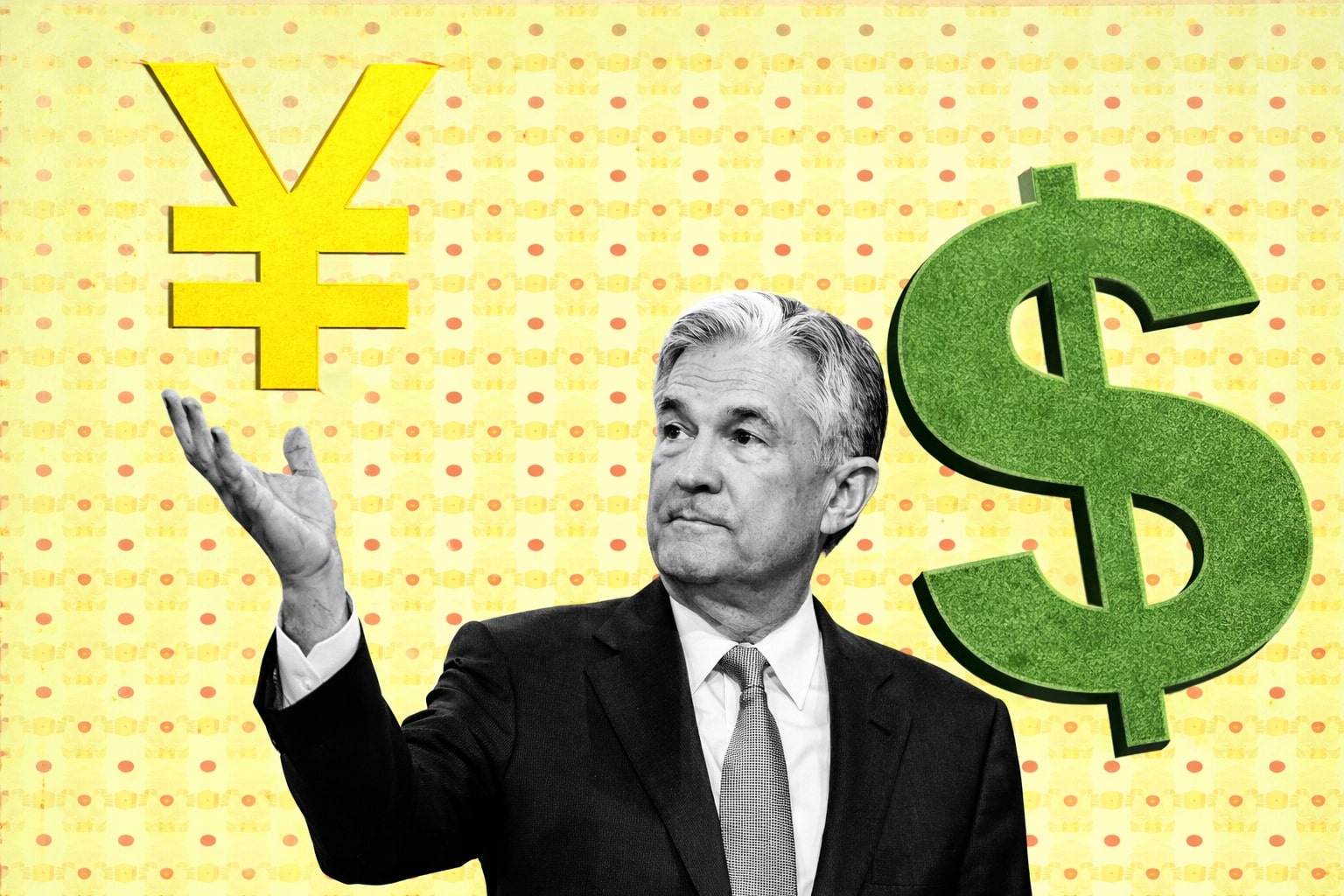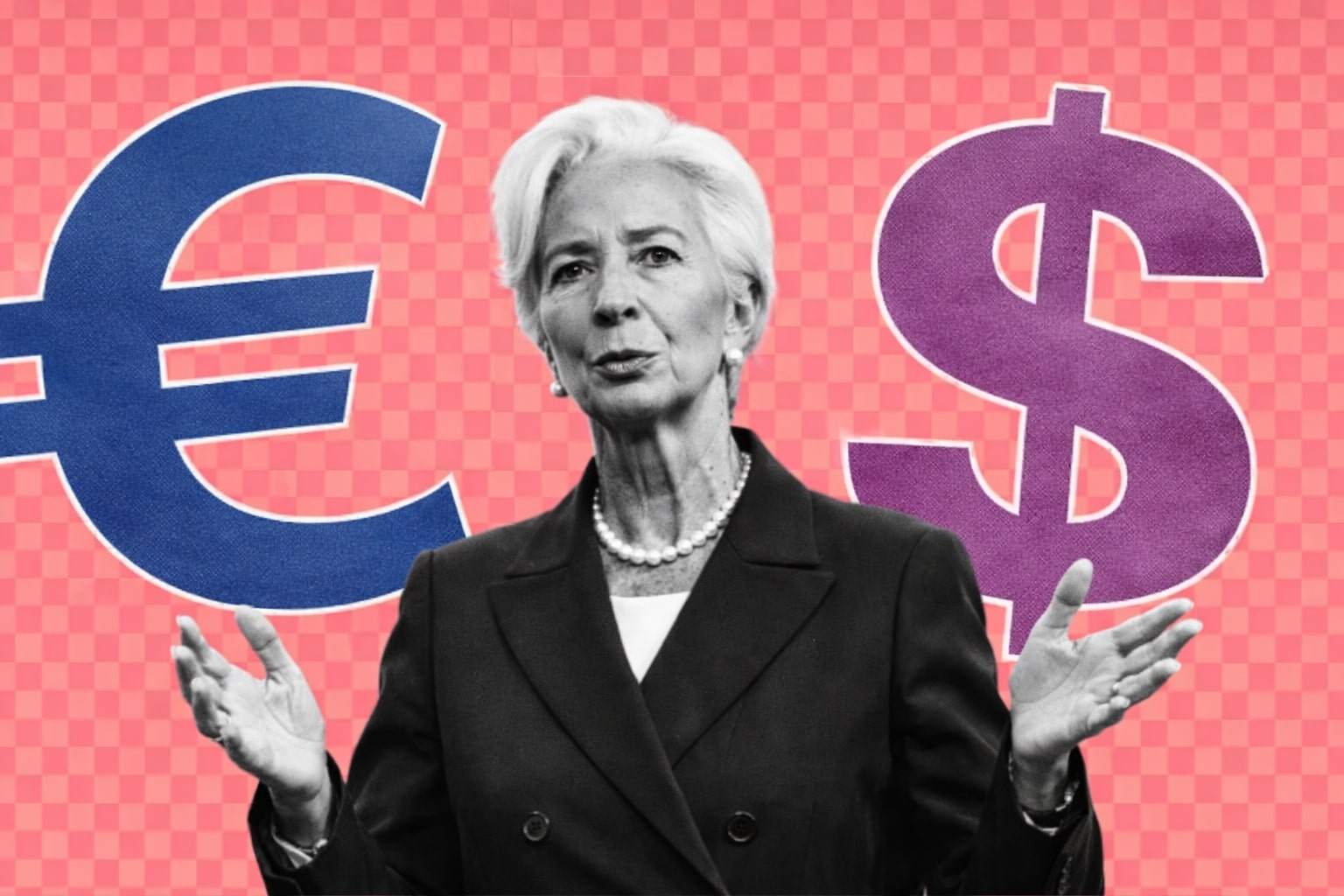
TradingNEWS In-Depth Analysis: EUR/USD's Downward Spiral
Interweaving Economic, Technological, and Geopolitical Strands: Grasping the Complex Tapestry Guiding the EUR/USD’s Movements and Envisaging Prospective Developments | That's TradingNEWS
EUR/USD Dynamics: Examining the Descent and Future Trajectory
Navigating the Downward Slide to 1.0500
EUR/USD has experienced a marked decline, steering its course to 1.0500 and entering a consolidation phase. Within this band, the currency pair has slipped further down, continuing the wave pattern towards 1.0408. A subsequent correction surge towards 1.0500 from beneath and a subsequent decrease to 1.0383 along the trend is envisioned. Experts from ING observe a potential challenge to the 1.0400 support level, while various underlying factors fuel this.
Euro Yield Premium: A Pressing Burden
A 10-basis-point contraction in the EUR/USD 2-year swap rate differential seen on a previous Friday was entirely eradicated on Monday, positioning the spread back at a level of -120 basis points. Such a wide gap was also noted in two other 2023 periods: early January and throughout February and March. Interestingly, the EUR/USD never traded below 1.0500 during these times, illustrating the weight of the US yield premium on the pair. Latest CFTC data reveals that speculative positioning in the EUR/USD still has some residual net long positions (+14% of open interest) to unravel, with the ever-narrowing type gap against the dollar indicating that the 1.0400 level could be tested this week. The volatile bond market's fluctuations will likely determine the timing.
Dual Forces: Economic Performance and Technical Indicators
EUR/USD witnessed a notable drop on Monday, influenced by a potent U.S. dollar, buoyed by soaring U.S. Treasury yields, with the 10-year note elevating above 4.65% and lingering near its pinnacle since 2007. Consequently, the pair depreciated approximately 0.5% in the early afternoon trade in New York, steadfastly nearing the psychological 1.0500 level, a critical short-term support.
Contrastingly, the euro was impacted by disheartening factory activity in Europe. According to HCOB, the Eurozone's final manufacturing PMI slid further into contractionary territory last month, registering 43.4 from August's 43.5, indicating a sharp downturn that could prevent additional ECB tightening.
Technical Analysis: The Search for Stability amidst Descent
Post-retraction, EUR/USD has gravitated towards a vital support zone adjacent to the 1.0500 psychological level. Although the pair may stabilize within this domain before bouncing back, a breakdown could amplify downward pressure, setting the stage for a motion towards 1.0406, the 50% Fibonacci retracement of the September 2022/July 2023 rally. With additional weakness, the spotlight shifts to 1.0350. Conversely, if buyers regain market control, the initial technical barrier resides from 1.0615 to 1.0640. If breached, this could rekindle upward pressure, leading to a rally towards trendline resistance at 1.0700, followed by an ascension towards 1.0775.
Pivotal Influences and Strategic Indicators
The US dollar's dominance persists across a multi-week timeframe as markets resonate with signals of sustained US economic performance compared to that of the Eurozone, amplifying US bond yields' advantage over Eurozone counterparts. Fundamentals are also reinforced by a prevailing “risk off” mood in markets as global economic growth concerns amplify amid increasing long-term bond yields in developed markets. These underlying themes will influence EUR/USD's direction in upcoming days. Despite being strongly oversold last week, prospective profit-taking and market rebalancing could persist, enhancing further EUR recovery.
Forex expert Sean Osborne notes that although EUR/USD's short-term technical analysis appears bullish, the ongoing sell-off observed since the July peak is hardly impacted by two robust days for the euro. Although the euro remains in an oversold zone with ample room to correct recent losses, Osborne pinpoints a potential "hammer" signal in the weekly candlestick pattern, which may signal a lower level formation around the prior week's 1.05 support area test. However, gains may extend to 1.0675/1.0725, with support situated at 1.0575/00.
Key Data and Future Prospects
This week in the Eurozone, retail sales for August, the PPI, and business activity in the services sector will be reported, offering a glimpse into the economic system's condition. In contrast, in the U.S., employment sector reports for September are anticipated to depict stabilization. The question now pivots to whether these data will produce any catalyst to support the EUR, and if so, to what extent. Also, how the EUR/USD responds to future economic data results, particularly the U.S. job numbers, will be crucial in dictating its downward or upward pressure.
U.S. and Eurozone Factors Influencing EUR/USD
The complexity of the EUR/USD pair's fluctuation, currently consolidating around the 1.0569 mark, is underscored by a tapestry of economic, political, and global health variables from both the United States and the Eurozone. Each region presents its own unique set of influences, contributing to the taut rope of considerations that foreign exchange traders must navigate.
The Pandemic's Imprint on the Forex Market
The undulating waves of the COVID-19 pandemic, having left an indelible mark on global economies, are notable factors to dissect. While the United States grapples with fluctuating infection rates and varying degrees of lockdown restrictions, the Eurozone contends with its own parallel challenges. The persistent pandemic has induced multifaceted economic repercussions, from disrupted supply chains to altered consumer behaviors, both of which have direct and indirect impacts on the EUR/USD dynamic. Labor markets, particularly in the U.S., have seen an unsteady recovery, with the unemployment rate grappling to lower its numbers to pre-pandemic levels, casting an ambivalent shadow on consumer spending and overall economic health.
Fiscal and Monetary Policy Dichotomies
Divergent fiscal and monetary policies between the two economic powerhouses further punctuate the EUR/USD narrative. The United States, under its prevailing monetary policy, has navigated through the tempest of economic uncertainty by adjusting interest rates and employing a series of quantitative easing measures. The Federal Reserve, with its dual mandate, seeks to navigate between the Scylla and Charybdis of inflationary pressures and the preservation of employment levels.
Concurrently, the European Central Bank (ECB) confronts its own monetary policy quandaries. The ECB, bolstered by a different economic and political architecture, engages in its own form of policy acrobatics, managing varied economic recovery trajectories among its member nations. Inflation rates within the Eurozone have exhibited a disparate array, with some nations teetering on the brink of deflation and others gently nudging against the ECB’s target.
Technological Disruptions and Market Dynamics
Amidst the traditional economic considerations, technological advancements and digital currencies are rapidly weaving into the fabric of forex market dynamics. Cryptocurrencies, with Bitcoin at the helm, are gradually reshaping perceptions of value and security among investors and are simultaneously posing implicit questions about the future of traditional fiat currencies like the Euro and the Dollar. While the United States adopts a cautious yet notably open stance towards digital assets, the Eurozone moves towards establishing a regulatory framework to shepherd the integration of digital currencies into the existing financial infrastructure.
Geopolitical Influences and the Energy Sector
Additionally, geopolitical undercurrents, particularly those rippling through the energy sector, cannot be understated in their impact on the EUR/USD outlook. The resurgence of crude oil prices, embroiled with geopolitical tensions and supply-chain intricacies, directly interfaces with the economic stability of nations dependent on oil exports or imports. The U.S., with its diverse energy portfolio, and the Eurozone, with member nations uniquely tethered to various energy sources, each face diverging economic implications from shifts in the global energy landscape.
Trade and Tariffs: An Unsteady Dance
Moreover, the intricate ballet of trade relations and tariffs between the U.S. and the Eurozone must be highlighted. While the tangible impacts of tariffs are most directly observed in the traded goods themselves, the indirect consequences permeate through related sectors and the overall economic health of the involved entities. The U.S., under varying administrative strategies, has alternated between periods of trade tension and reconciliation with the Eurozone, each phase etching its influence onto the EUR/USD tableau.
As the myriad factors continuously entwine, the EUR/USD pairing oscillates amidst the coalescing economic, political, and global health influences, each monumental in its own regard and collectively sculpting the forex market's landscape.
That's TradingNEWS
Read More
-
GPIX ETF 8% Monthly Yield and S&P 500 Upside at $53
13.01.2026 · TradingNEWS ArchiveStocks
-
XRP ETFs XRPI, XRPR and Bitwise XRP Pull In $1.5B as XRP-USD Stalls Around $2.13
13.01.2026 · TradingNEWS ArchiveCrypto
-
Natural Gas Price Forecast: NG=F Climbs Off $3.00 Floor as Cold Snap and LNG Flows Lift UNG
13.01.2026 · TradingNEWS ArchiveCommodities
-
USD/JPY Price Forecast - USDJPY=X Charges Toward ¥159 as Japan Election Fears Hit the Yen
13.01.2026 · TradingNEWS ArchiveForex



















